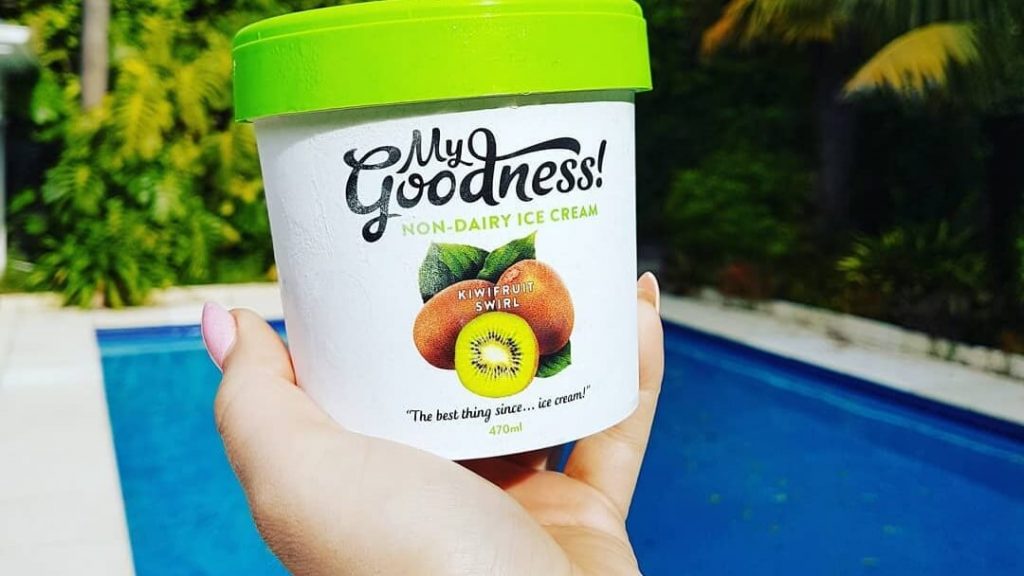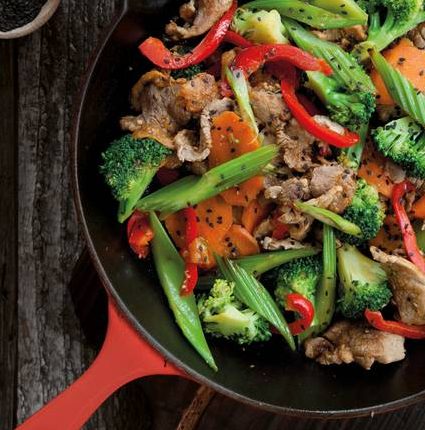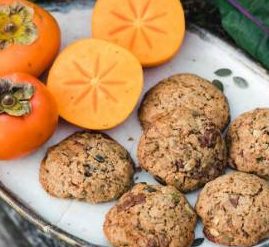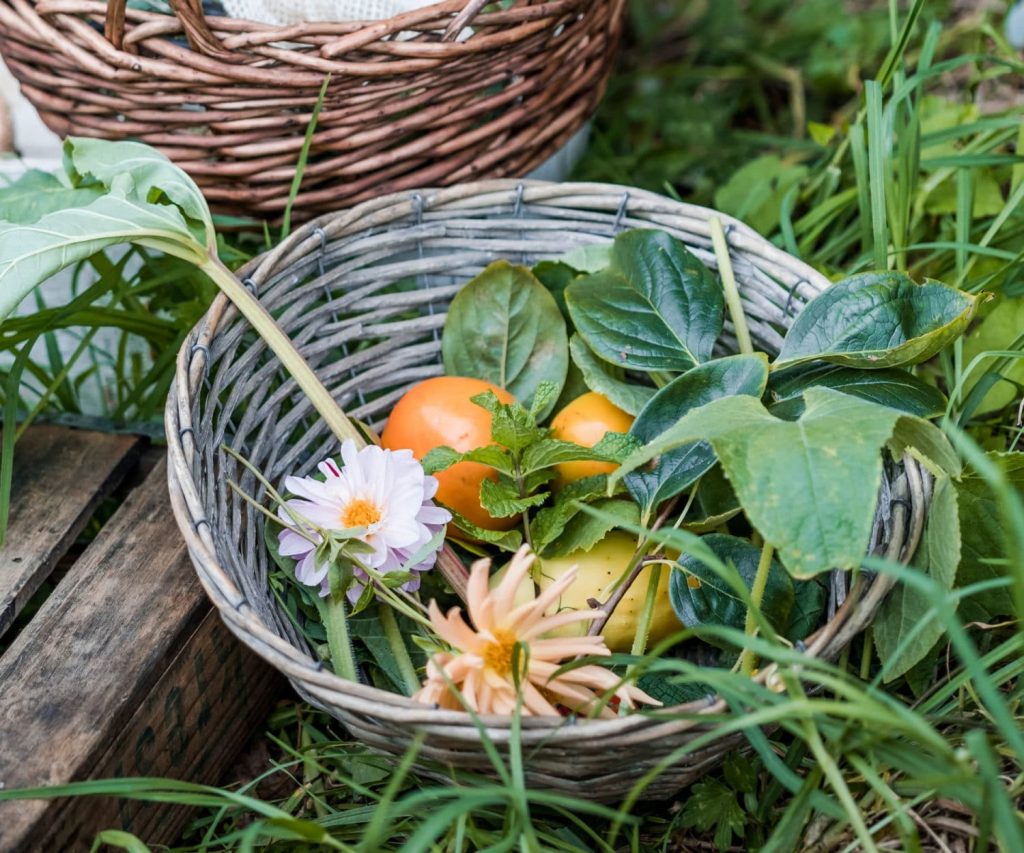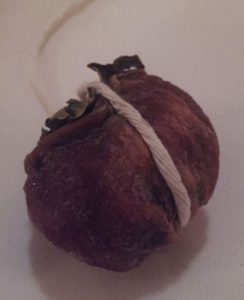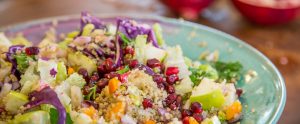I buy my groceries from one store, a foodie emporium with quality victuals.
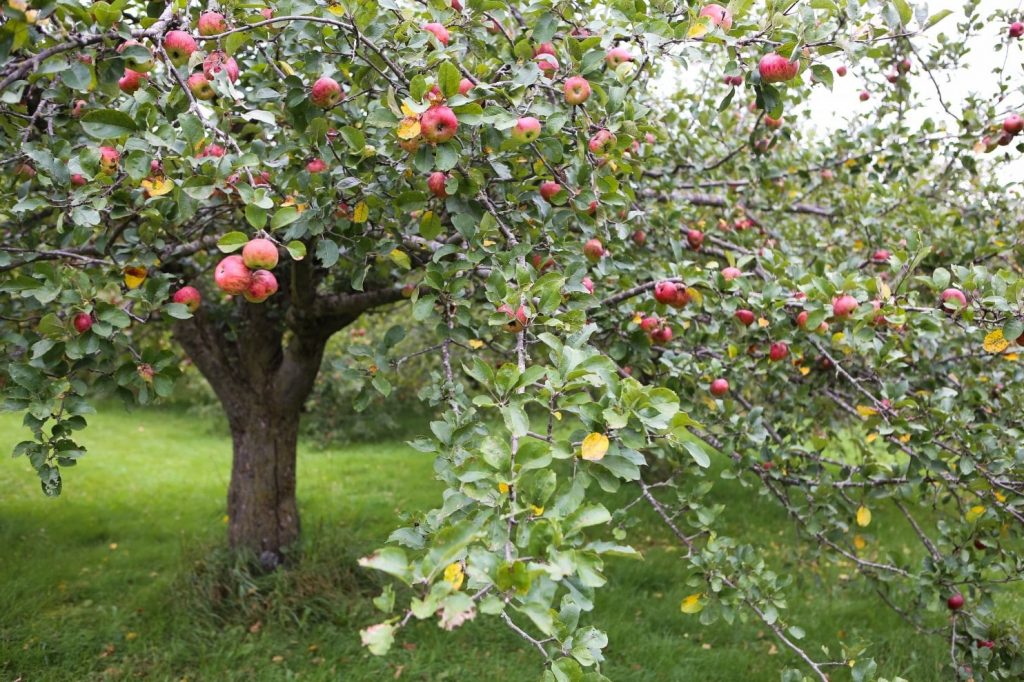 Selling apples and pears by variety has become standard in the produce section.
Selling apples and pears by variety has become standard in the produce section.
But if you want to get a sense of just how limited our consumer fruit world has become, pick up a copy of the recently published Nursery Trade Census. Its prosaic title disguises the fact it is a cornucopia of the vast if somewhat hidden richness of fruits, berries and nuts grown in the United States by specialty nurseries and their customers, which include niche farmers and home gardeners. The number of grape varieties offered commercially grew from 770 to 823 between 2009 and 2015, according to the Seed Savers Exchange’s Nursery Trade Census. (Seed Savers Exchange)
The census was compiled by Seed Savers Exchange, the Decorah, Iowa, nonprofit that has been working for four decades to track, preserve and trade heritage varieties of flowers, vegetables, fruits and nuts.
Heirlooms, by definition, grow true from seed and can be passed from one generation to the next. No one owns them, but a given variety, selected and improved over the years, might pertain to one family, village, Indian tribe, ethnic community or religious sect.
The 310-page inventory is a snapshot of the heirloom fruit and nut universe in 2015, and shows that a total of 251 nurseries together offered for sale 7,945 varieties. The team that compiled it logged 256 varieties of pear and 21 varieties of rhubarb. This may not be so surprising, but to record 148 varieties of nectarine or 123 types of persimmon or more than 100 varieties of pecan must be delightfully remarkable to anyone interested in plant diversity and the gardener’s role in preserving it.
The most worrying aspect of the census is that so many of the varieties are available from so few sources, said Lee Buttala, executive director of Seed Savers. As a result, availability “can fluctuate greatly,” he said.
The most glaring example of that was the retirement of orchardist Nick Botner of Spearheart Farm and Orchard in Yoncalla, Ore., who amassed one of the largest collections of heirloom apples and other fruit in the country. With the closure of the nursery, more than 3,000 varieties of apples, plums and grapes “fell out of the marketplace,”
From an article by By Adrian Higgins Gardening columnist
Full article here
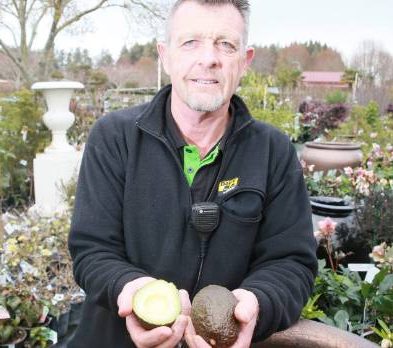 There is a shortage of persimmon plants – I have had a number of enquiries from growers, and also from retail nurseries looking for wholesale reply.
There is a shortage of persimmon plants – I have had a number of enquiries from growers, and also from retail nurseries looking for wholesale reply.
